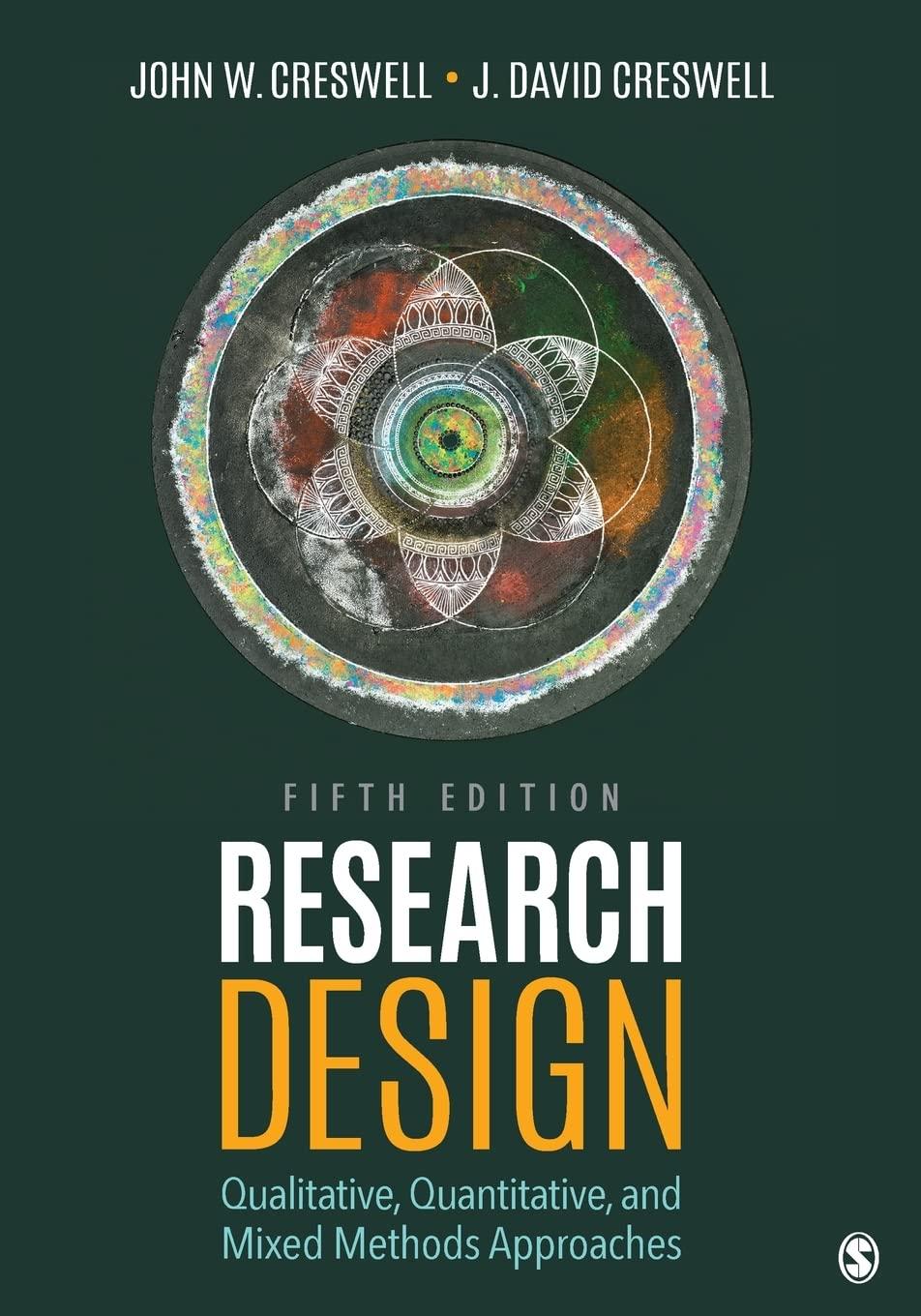

Problem 1. Demand Bengt's utility function is U(x1 x2)= x1 + In xz *1 - stamps *2 - beer Bengts budget p, X, + p> X, = m P1 - price of stamps P2 - price of beer m - Bengt's budget a) What is Bengt's demand for beer and stamps? b) Is it true that Bengt would spend every krona in additional income on stamps? c) What happens to demand when Bengt's income changes (i.e. find the income elasticity)? d) What happens to demand when p, and p, increase (i.e. find the price elasticities)? Problem 2. Demand Jan has fallen on hard times. His income per week is 400 kr, spending 200 kr on food and 200 kr on all other goods. However, he is also receiving a social allowance in the form of 10 food stamps per week. The coupons can be exchanged for 10 kr worth of food, and he only has to pay 5 kr for such coupons. Show the budget line with and without the food stamps. If Jan has homothetic preferences, how much more food will he buy when he receives the food stamps? Problem 3. Demand Find the demand functions for the individuals below, the budget constraint is p x+p,y=m Bill: U(x ,x)=x y 2/5 3/5 Buster: U(x, y)=x Y Ben: U(x, y) = (x+1) (y+2) Barbara: U(x ,x )=3x +2y Beth: U(x, v)=min(x , v} Problem 4. Demand Birgitta spends 150 SEK per month on coffee and buns at the cafeteria. A cup of coffee costs 15 SEK and a bun costs 10 SEK. a) Write the equation for Birgitta's cafeteria budget constraint and draw it in a diagram. b) Assume that Birgitta never drinks coffee without eating one bun, and never eats buns without drinking coffee. How much of each will she consume? Draw some of her indifference curves. c) What do we call goods that are always consumed in the same proportion? Problem 1 Slutsky equation Tomas is trying to figure out how to supplement the study allowances of 500 kr a week. He is considering a part-time job at a gas station. The wage is 50 kr per hour. His utility function is U(C, L) = C*L where C is his consumption measured in SEK and L his leisure measured in hours. The amount of leisure time that he has left after allowing for necessary activities is 50 hours a week. a. What is the monetary value of Tomas' endowment? b. Draw Tomas' budget set (horizontal axis: leisure and vertical axis: consumption). c. Set up the maximisation problem and decide optimal consumption and leisure. d. Let Y = study allowance and T = total amount of leisure time. Express his demand for consumptionOne day you lose your wallet. In it, you had 500 and some valuables that others cannot use, such as a few old photos. It will cost you another 500 to get new copies of the photos and replace the other valuables. Consequently, the wallet is worth 1,000 to you. Fortunately, someone finds your wallet. She opens it and sees that it contains 500. She thinks that if she keeps the money and throws the wallet away, she will get 500. However, if she returns it to you she might get a reward. After all, it is worth 1,000 to you. Suppose you give her either 600 in reward or nothing. We can represent this game as in Figure E.7.2. Figure E. 7.2 Finder Keep Return wallet wallet Owner 50 Rewar Do not 60 0 1.000 a) What is the name of the method used to find the subgame perfect equilibrium? b) Which is the subgame perfect equilibrium in Figure E.7.2? c) Is the equilibrium efficient or not? Why or why not? d) Can you think of a way to change the structure of the game, such that a better equilibrium will arise? Download free books at BookBooN.com 24 Microeconomics Exercises with Suggested Solutions Oligopoly 8. Oligopoly Exercise 8.1.1 a) Explain the difference between monopoly, duopoly, and oligopoly. b) What does a "kinked demand curve" mean? c) What is a reaction function? 8.2 The Cournot Model Exercise 8.2.1 A popular model to analyze duopolies with is the Cournot model. a) Which are the assumptions behind the Cournot model? b) In Figure E.8.I we have drawn the reaction functions for two firms, and labeled them rl and 12. Which is the Nash equilibrium and why?Suppose the pulp is sold in a perfectly competitive market and that the firm has linear marginal cost, MC, which increases with production. Suppose also that the marginal cost of pollution, ME (the marginal cost of the externality), increases proportionally to the quantity produced, and is approximately 1/3 as large as the firm's marginal cost. Draw a diagram with quantity of pulp on the X-axis and cost/revenue on the Y-axis. Indicate the profit maximizing choice of quantity given the assumptions. b) How should the social cost be represented in the graph? Draw it. c) Show in the graph how to find the socially optimal quantity. Will that quantity be higher or lower than in the answer to a)? d) Suggest a solution how to motivate the firm to produce the socially optimal quantity. 13.3 Public Goods Exercise 13.3.1 Figure E. 13.1 M DB DA Two individuals, A and B, have decided to arrange a small park between their respective houses. However, they have very different opinions how big this park should be. In Figure E.13.1, we see their different marginal willingness to pay. We have also drawn the marginal cost, MC, of producing different quantities of park. Show how A and B can decide on the optimal quantity of park











